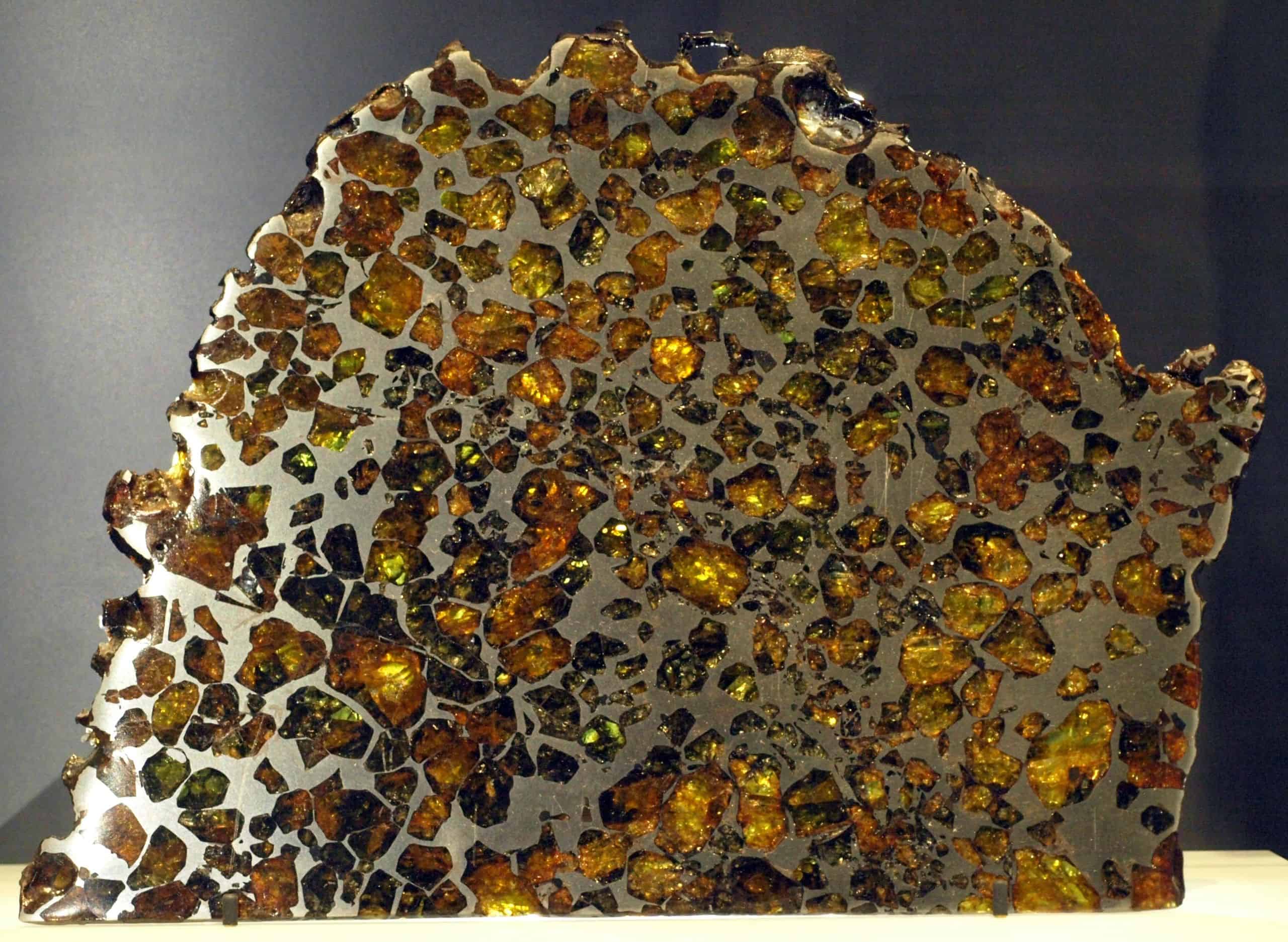
Extraterrestrial rocks are intriguing and important because they reflect the myriad processes and environments present across the solar system and beyond. They can come in a wide array of shapes, sizes, and chemical compositions, depending on how they were formed.
In the vast expanse of our universe, extraterrestrial rocks serve as silent narrators of cosmic history. These fragments, originating from asteroids, comets, and even distant planets, offer a tangible connection to the cosmos and hold the keys to understanding our solar system’s past and future. Essentially, extraterrestrial rocks are the remnants of ancient celestial bodies, some as old as the solar system itself.
The field of extraterrestrial geology (or astrogeology or planetary geology) has made significant strides in recent years, thanks to advances in technology and successful space missions. Through the study of meteorites, lunar rocks, and samples from Mars and asteroids, researchers have uncovered fascinating insights into our cosmic neighborhood. Here are some of the things we’ve learned about extraterrestrial rocks.
Meteorites: The Geological Messengers from Space
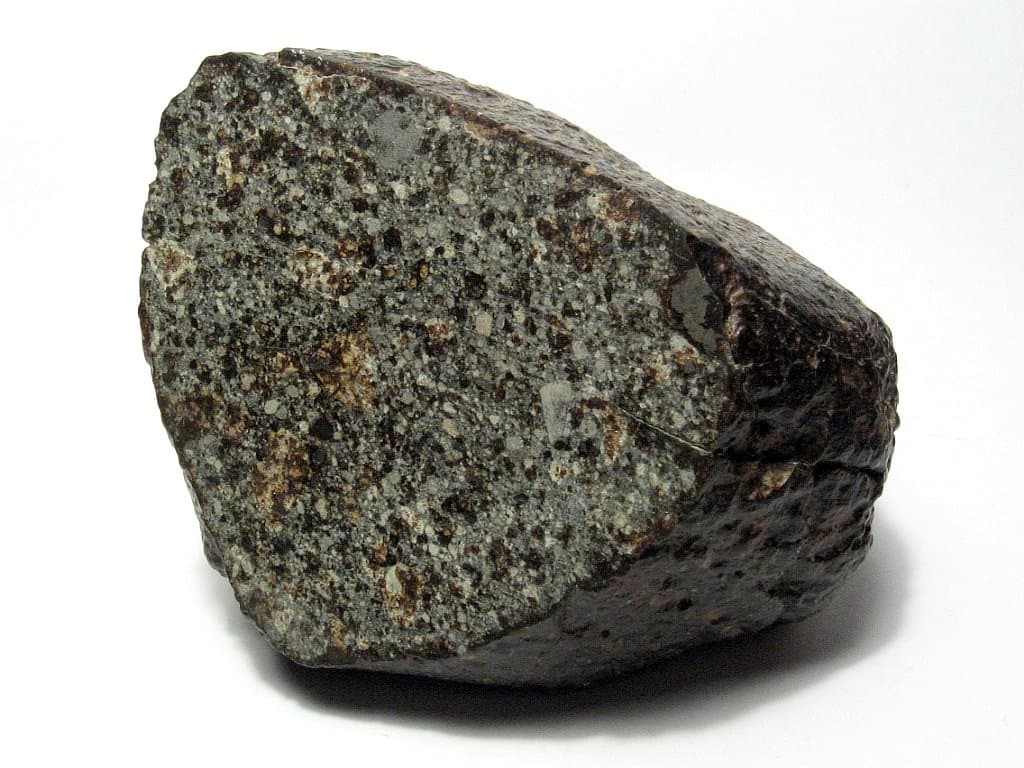
Meteorites, perhaps the most well-known extraterrestrial rocks, are fragments from asteroids or, occasionally, from the Moon or Mars that survive their journey through Earth’s atmosphere and land on its surface.
Meteorites are the most commonly encountered extraterrestrial rocks on Earth. They come in three main types:
- stony
- iron
- stony-iron
Each type offers unique information about the early solar system. More technically, meteorites are classified thusly:
Stony Meteorites
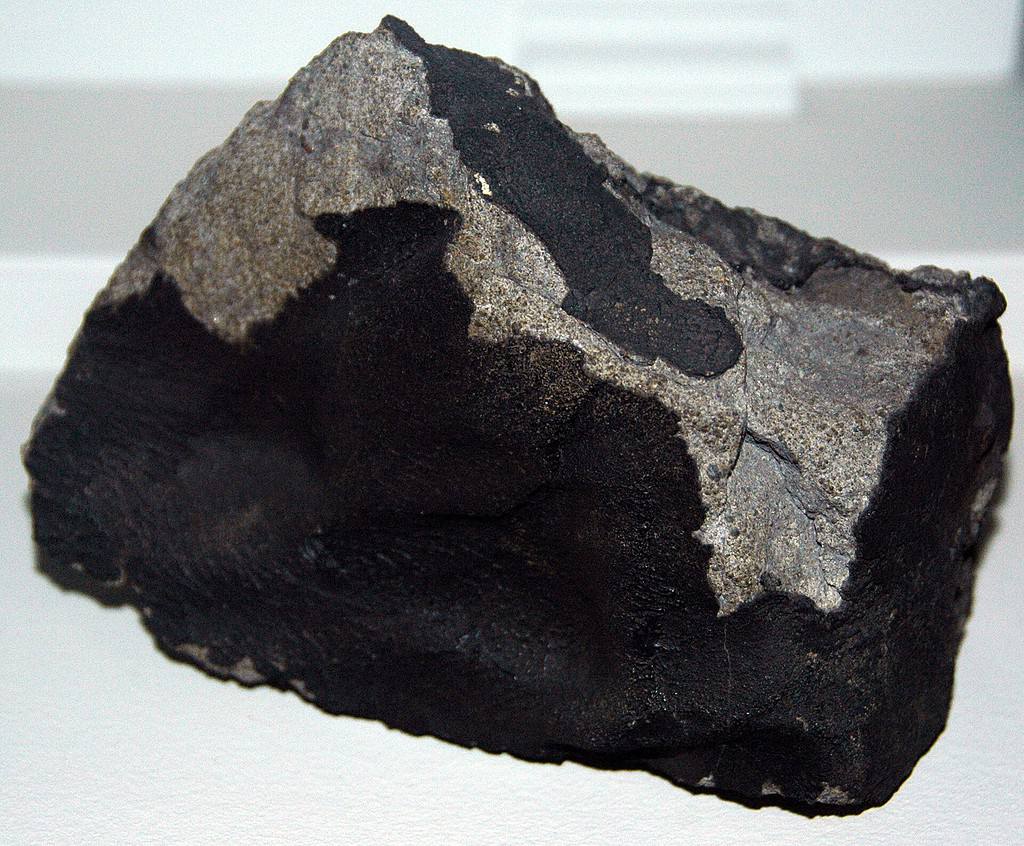
Stony meteorites, predominantly made of silicate minerals, are the most common type. They further subdivide into two main groups:
- Chondrites: These are the primordial rocks of the solar system, largely unaltered since their formation over 4.5 billion years ago. They contain small, spherical inclusions called chondrules, which are among the oldest materials in the solar system.
- Achondrites: Unlike chondrites, achondrites lack chondrules and have experienced significant geological processing, often resembling igneous rocks found on Earth. They provide insights into volcanic and tectonic processes on other planets and asteroids.
Iron and Stony-Iron Meteorites
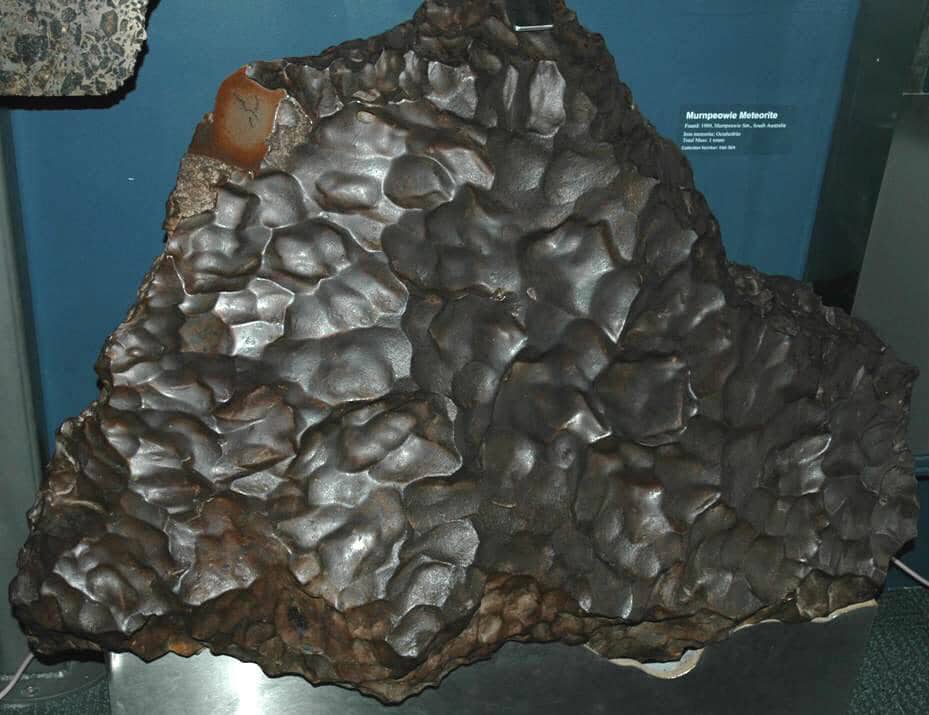
Iron meteorites, composed mainly of iron and nickel, are believed to originate from the cores of differentiated asteroids or planets. They are known for their distinctive Widmanstätten patterns, visible in etched cross-sections. Stony-iron meteorites contain roughly equal parts of metallic iron and silicate minerals. They are rare and offer a unique glimpse into the processes at the core-mantle boundaries of celestial bodies.
Lunar Rocks
The Apollo missions of the 1960s and 1970s brought back lunar rocks that revolutionized our understanding of the Moon. These samples revealed that the Moon shares a common history with Earth, supporting the giant impact hypothesis, which suggests that the Moon formed from debris left over from a colossal impact between Earth and a Mars-sized body.
Lunar rocks, brought back by the Apollo and Luna missions or arriving as lunar meteorites, have some things in common but also some distinct features with Earth rocks.
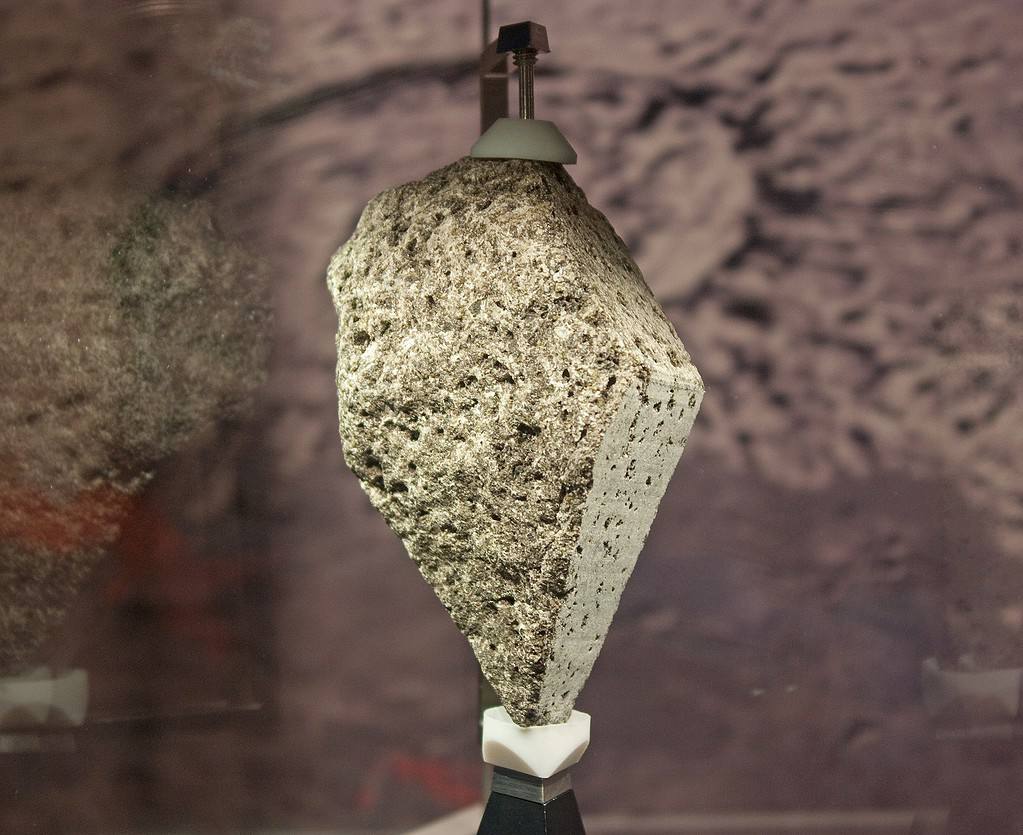
The rocks retrieved from the moon include:
- Basalts: Formed from volcanic eruptions on the Moon’s surface, these rocks are younger than the Moon’s crust and provide evidence of its volcanic history.
- Breccias: Composed of fragments of different rocks fused together, lunar breccias are formed by meteorite impacts on the Moon’s surface.
- Anorthosites: Making up much of the lunar highlands, anorthosites are composed primarily of calcium-rich feldspar and provide clues about the Moon’s crust formation.
Martian Meteorites
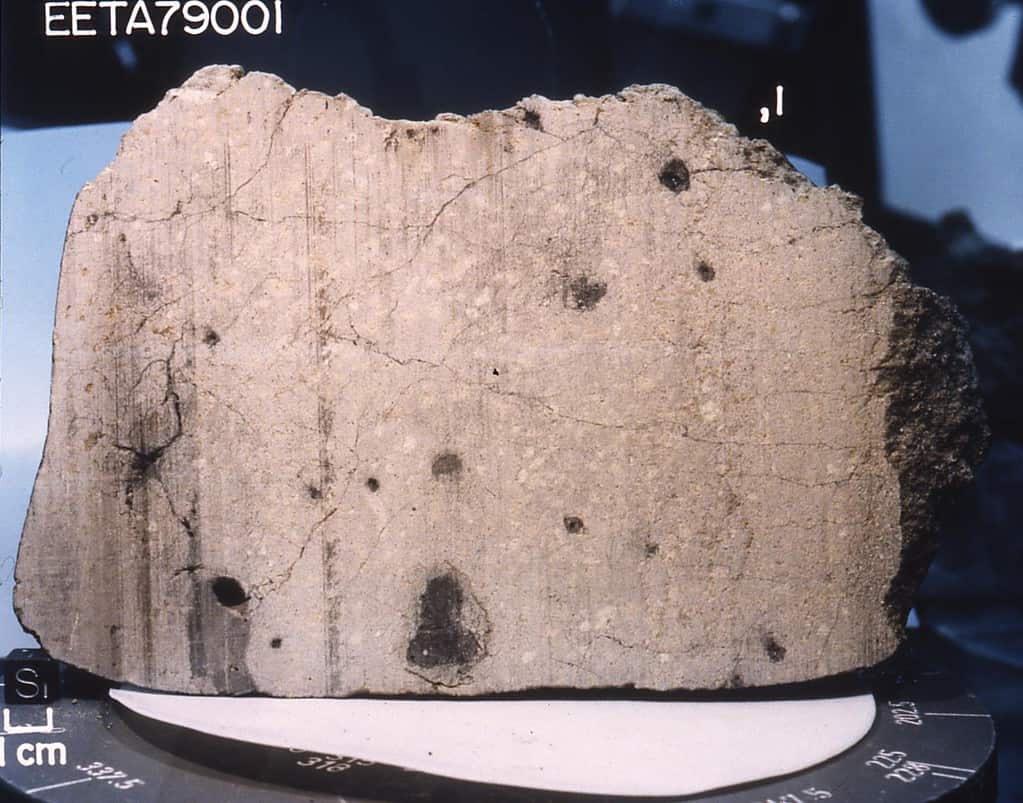
It doesn’t happen often, but sometimes, bits and pieces of Mars can reach Earth naturally. Martian meteorites, ejected from Mars due to asteroid impacts and landing on Earth, offer a direct means of studying Martian geology. These include:
- Shergottites (martian meteorites): Young volcanic rocks, reflecting relatively recent volcanic activity on Mars.
- Nakhlites: Formed from volcanic lava flows, nakhlites reveal information about volcanic processes and water-related alterations on Mars.
- Chassignites: Olivine-rich rocks, providing insights into the Martian mantle.
- ALH84001: An ancient Martian meteorite famous for controversial claims of fossilized microbial life.
Asteroid Rocks
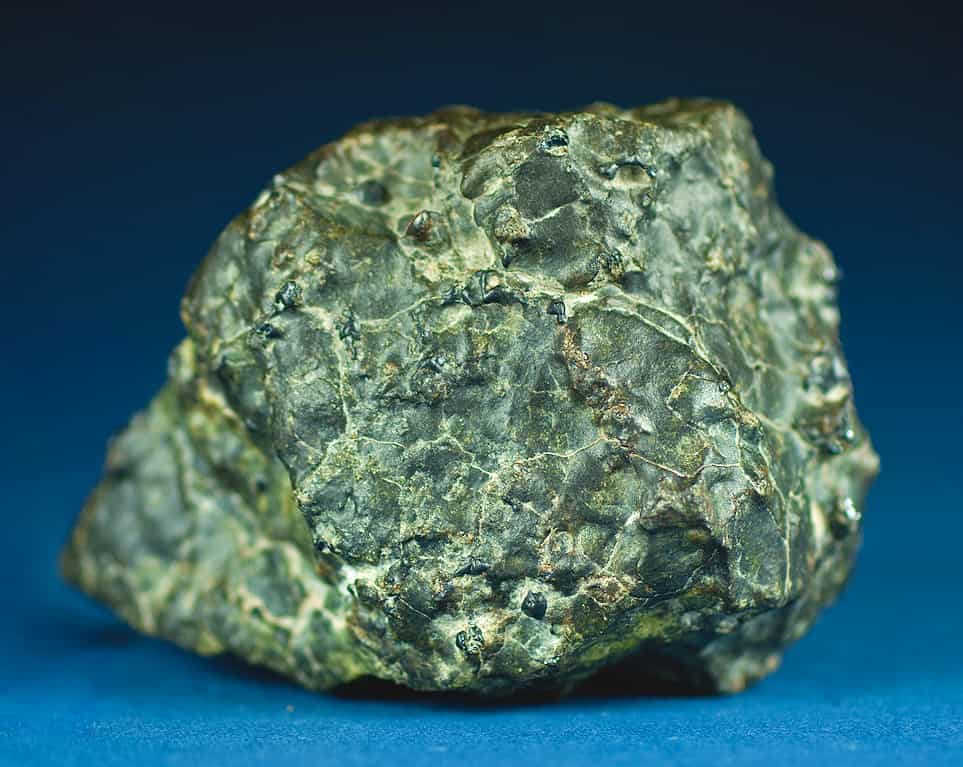
Asteroids, remnants from the early solar system, offer a window into the processes of planetary formation. Rocks from asteroids, often found as meteorites on Earth, include various types, each reflecting different histories and compositions of their parent bodies.
More recently, missions like Japan’s Hayabusa and NASA’s OSIRIS-REx have returned samples from asteroids. These missions aim to collect pristine materials unaltered by the processes that affect rocks on Earth, providing a direct look at the solar system’s building blocks.
Cometary Material
Cometary material, though rarely found on Earth, is incredibly valuable for understanding the early solar system. These materials are usually collected through space missions, like NASA’s Stardust mission, and contain a mix of organic compounds and pre-solar grains.
The future of astrogeology
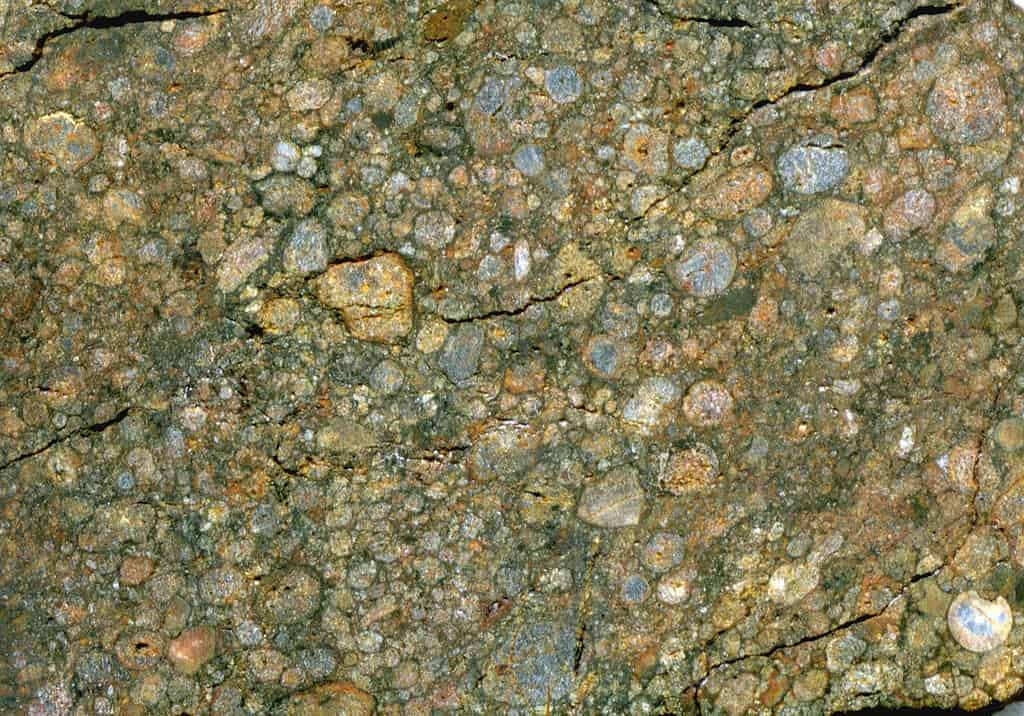
The study of extraterrestrial rocks is entering a new era with upcoming missions and advancements in analytical techniques. Future missions aim to return samples from Mars, Venus, and even comets, opening new frontiers in our quest to understand the solar system and our place in the universe.
The Mars Sample Return mission, a collaborative effort between NASA and ESA (European Space Agency), is set to bring back Martian soil and rock samples. This mission will provide unprecedented insights into Mars’ geology, climate history, and potential for past life. Future missions to Venus, such as NASA’s VERITAS and ESA’s EnVision, plan to study Venus’ surface and atmosphere in more detail. Understanding Venus, often called Earth’s “twin,” could reveal important information about planetary evolution and habitability.
Ultimately, extraterrestrial rocks are the keys to unlocking the mysteries of our solar system’s formation, the evolution of planets, and perhaps even the origins of life itself. As we continue to explore and study these cosmic treasures, we inch closer to answering some of the most fundamental questions about our universe. In this celestial quest, every rock tells a story, and each story brings us closer to understanding our cosmic origins.


